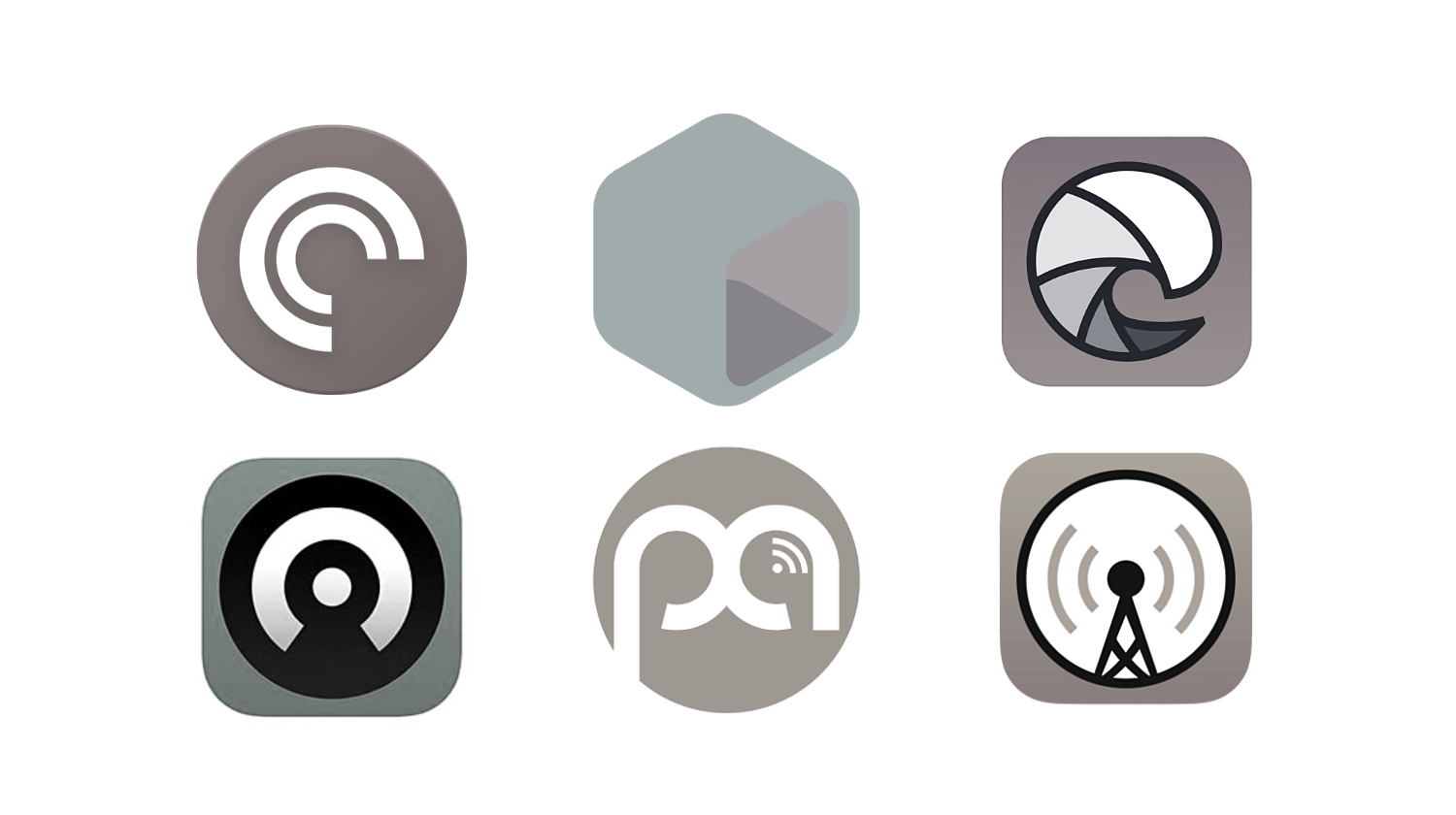Is The Security Platform Dead? Did It Ever Live In The First Place? Will It Ever See The Light Of Day? There Are Many Thoughts On This Topic, And Sean Martin Wrote A New Edition Of The Future Of Cybersecurity Newsletter To Share His Initial Thoughts.
Let TAPE3 read this edition of the newsletter to you 🎧 🤖 ⇩
As a product manager with well over a decade of experience at many (but one big yellow one in particular that I am thinking about) major independent software vendors (ISVs), I've overseen the development of 100's of products, including endpoint and network security, SIEM product and platform, and what I envisioned to be a futuristic SOAR platform/solution before that was even a named thing. As the product owner for these offerings, my holy grail vision was to unify these products, our partner's products, and even competitors' offerings (and a slew of data from all over the business) on a single security platform to achieve three main objectives:
Consolidate and automate risk management, policy/compliance enforcement, security management, and incident response.
Simplify and reduce the costs of procurement, implementation, management, and maintenance.
Establish the platform as the primary solution through which organizations could get adequately informed and base all their core risk, security, and compliance decisions.
Since leaving that role, I've observed countless market developments. However, I still maintain a bias towards this vision. There are multiple perspectives to consider. The two most relevant to me:
the ISV's market strategy and product integration objectives
the realities faced by organizations purchasing these "integrated" products
A third perspective — in the form of venture capital and tech investments — certainly influences market development and can even drive adoption, but it is generally (in my experience) less aligned with my core focus on my podcast, which is to "operationalize cybersecurity."
Recently, my co-founder Marco Ciappelli and I discussed how governments and market leaders have a vision for the future and put things in place to move that vision along. I used electric vehicles as an example during our chat. Governments incentivized (regulated) the production of electric vehicles, and manufacturers have shifted production accordingly. However, consumer purchasing patterns don't always align (and seemingly have thus far not aligned) with this vision and related expectations.
It's hard for me not to find parallels in the security market. There's an expectation from ISVs and investors for a dominant security position in the market driven by the delivery of an all-encompassing security platform. However, organizations seeking to enhance their security posture often prefer tailored (more pointedly, best-of-breed) solutions over all-in-one platforms. The lack of alignment between the market's push for integrated security platforms and the actual needs of organizations seeking optimal protection can lead to a mismatch in security solutions and their implementation within their programs. This disconnect can result in organizations investing in complex, expensive platforms that may not effectively address their specific security challenges, ultimately impacting both market dynamics and the efficacy of business protection strategies.
Initially sparked by a post by Eric Parizo on LinkedIn, I wanted to explore this more. Eric Parizo and Richard Stiennon have dedicated their careers to analyzing these types of trends. So, I asked them both to join me on an episode of the Redefining CyberSecurity Podcast to discuss this platform versus standalone solutions topic and to validate — or discount — my (understandably biased) view of what’s going on.
LISTEN TO THE EPISODE 🎙 ⤵️
Since recording this episode, news about platforms, market share, growth, and value loss have hit my feed. In response to this news, Richard has written a blog post reflecting on these market changes. A post from Francis Odum also caught my eye this morning.
This complex topic is central to the work I do with my Redefining CyberSecurity Podcast and The Future of Cybersecurity Newsletter. My mission is steadfast: to provoke thought and discussion in this field so we can collectively do better in protecting the business and the revenue it generates — doing so in a way that sparks continued innovation and growth. Hopefully this vision, in what ever form it takes, supports the organizations need to be secure, the vendors selling the solutions to make that a reality, and the investors that have a stake in the game as they often take the early bets on what will find a path to success.
I’d be interested to hear what others think. I suspect there will be 1,000x as many views as there are cybersecurity products on the market. 😬 Let’s keep the conversation going.
Here are a few items related to this topic that I referenced above:
Eric's LinkedIn post: Omdia: Standalone Security Products Outsell Cybersecurity Platforms — https://www.linkedin.com/posts/ericparizo_omdia-standalone-security-products-outsell-activity-7148426159632826368-Z2jd
Richard's article: There Is No Such Thing As a Cybersecurity Platform — https://www.linkedin.com/posts/stiennon_there-is-no-such-thing-as-a-cybersecurity-activity-7166219637024575489-gAut.
Francis Odum’s LinkedIn post: The Platformization Strategy — https://www.linkedin.com/posts/francis-odum-0a8673100_palo-alto-networks-just-lost-25b-in-market-activity-7165915892793507840-5z3U
What's your perspective on this story? Want to share it with Sean on a podcast? Let him know!
This article represents the results of an interactive collaboration between Human Cognition and Artificial Intelligence.
Sincerely, Sean Martin and TAPE3
Enjoy, think, share with others, and subscribe to "The Future of Cybersecurity" Newsletter.
Want to comment on this topic, you can connect with Sean and the community in this LinkedIn post: https://www.linkedin.com/pulse/balancing-platforms-point-solutions-insights-from-product-sean-martin-f0lae/
Sean Martin is the host of the Redefining CyberSecurity Podcast, part of the ITSPmagazine Podcast Network—which he co-founded with his good friend Marco Ciappelli—where you may just find some of these topics being discussed.
Or, visit Sean’s personal website.






